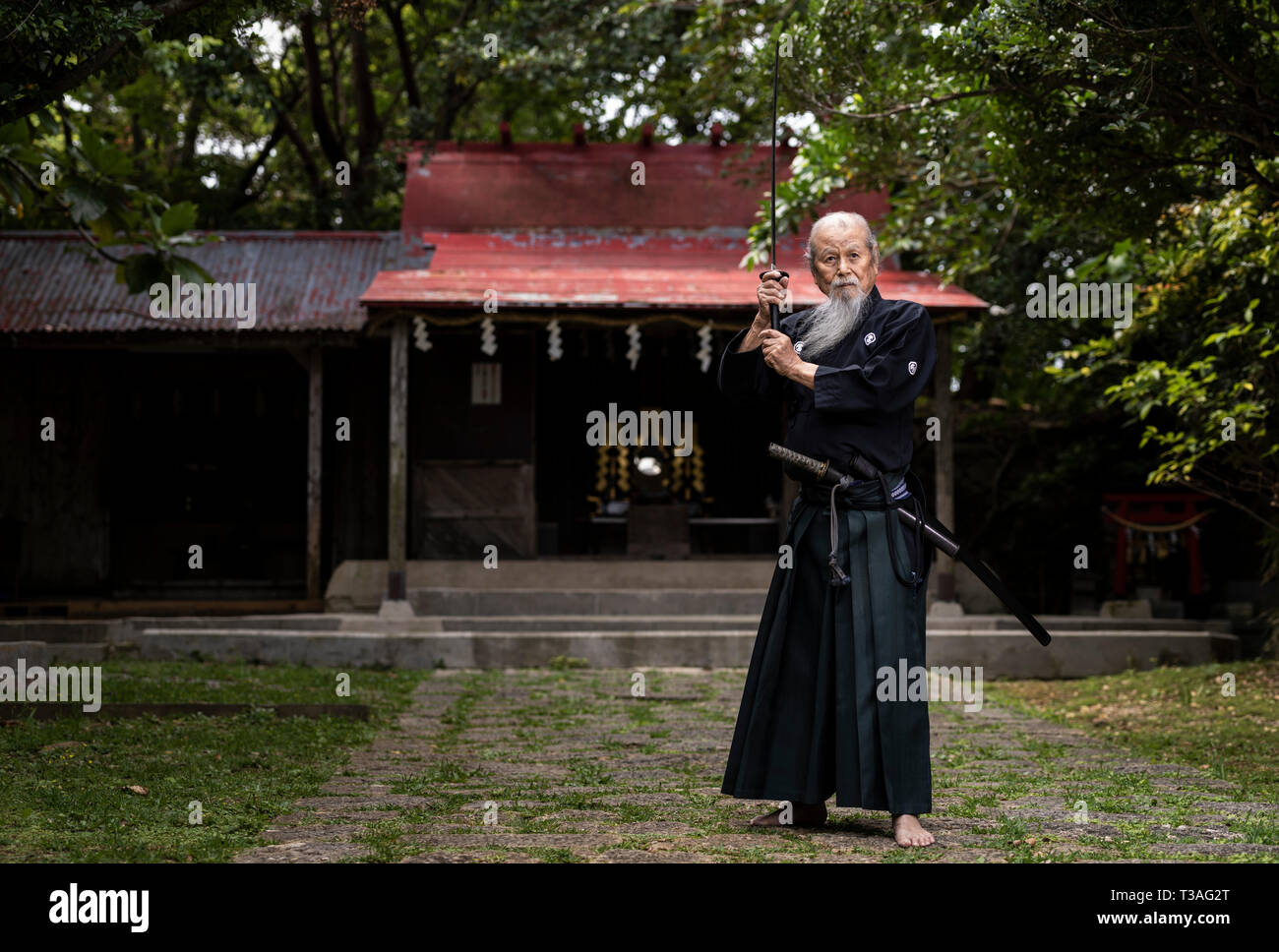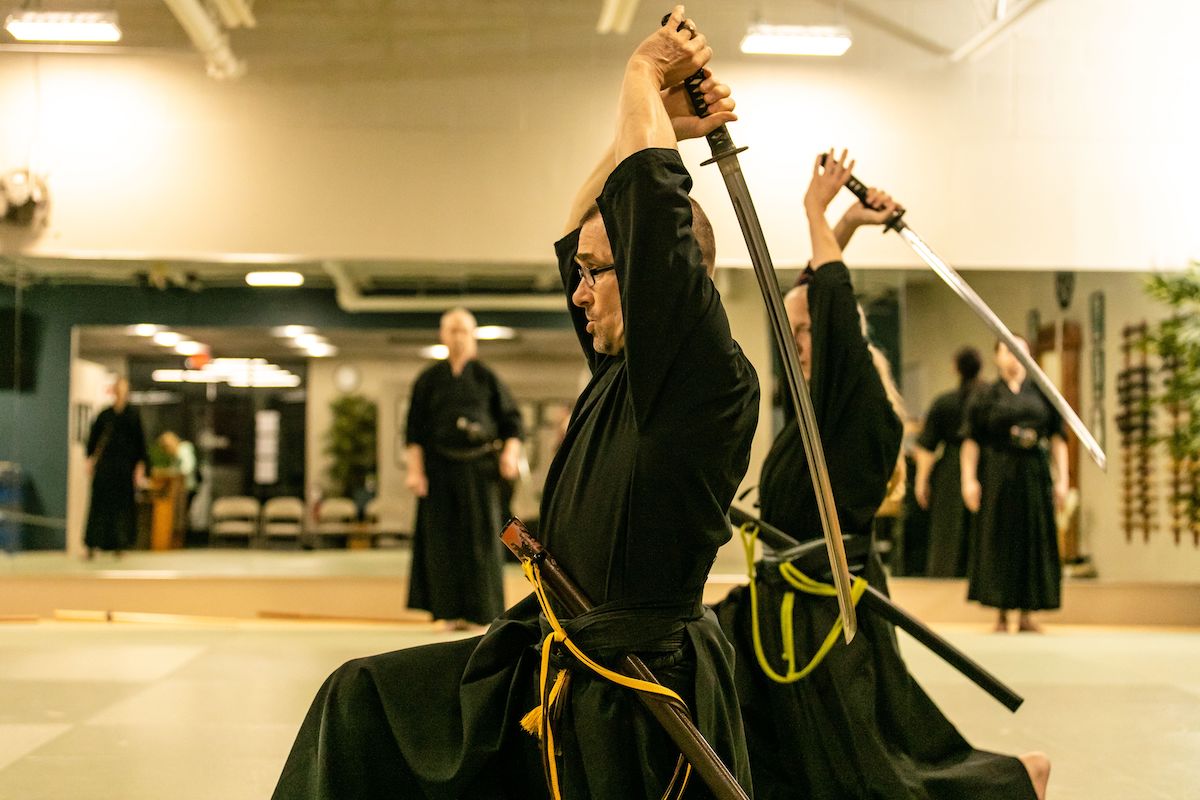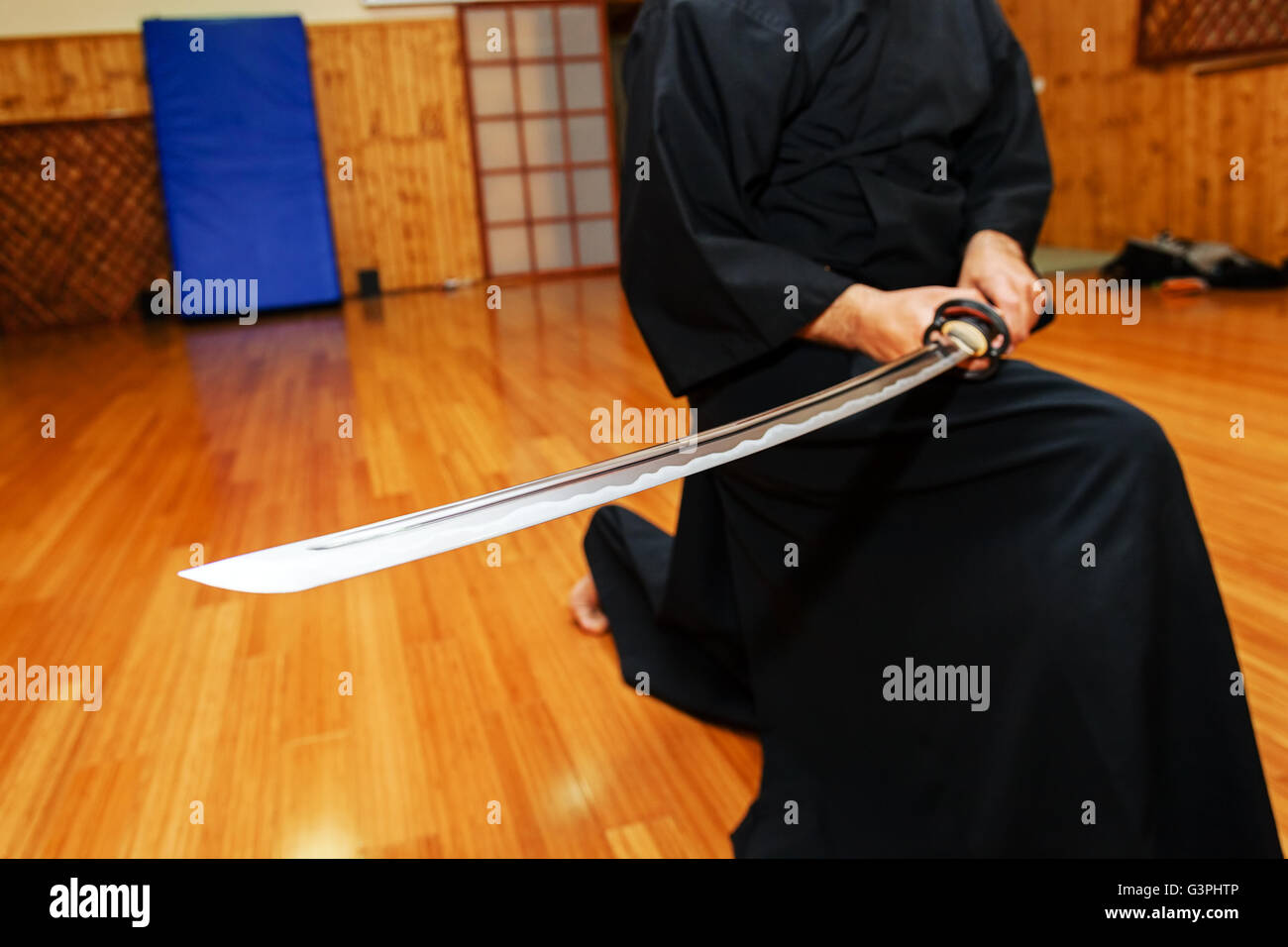


It is mainly used by the more experienced practitioners.Ĭ. In addition, used by a majority of the practitioners.

In addition, it is mainly used by beginners. The weapons used in this form of combat include: It was this recognition that led to the establishment of several Iaido organizations in the country. In addition, it was eventually in 1932 that DNBK officially recognized “Iaido” as form of Japanese martial art. Furthermore, in 1895 a society called Dai Nippon Butoku Kai (DNBK) was established in a city called Kyoto which played a huge role in encouraging the development weapon based martial arts. It was in 1868 that the prevalent feudal system was destroyed in Japan which resulted in the combat forms including weapons based once again being made use pubically by people. However, Japan was ruled under a feudal system which resulted in any form of combat (including the use of weapons) not being practiced. Even in Europe, Iaido is practiced and organized by the European Kendo Federation, which hosts a competition each year.According to the cultural history of Japan, Iaido was first created in the mid 1500’s by Hayashizaki Jinsuke Shigenobu. The sport is currently regulated by the All Japan Kendo Federation (AJKF), which creates standards regarding kata and etiquette, while also organizing and regulating competitions. This allows practitioners to make proper striking techniques while minimizing the risk of self-injury in the process.Įven after all those years, Iaido is still practiced by thousands of people from across the world. Rather, it's a real sword with a blunt edge. The iaito isn't just another bamboo or wood practice sword. In recent years, however, practitioners have since switched to a different sword for this martial art, known as a iaito. In the past, Iaido was practiced with live-blade swords like the traditional Japanese katana or wakizashi. An Iaido match always begins and ends with the practitioner unsheathing and sheathing his or her sword. A typical competition begins with a single practitioner unsheathing and drawing his or her sword, after which they perform practice strikes using various techniques. Second, the practitioner must be able to draw his or her sword quickly and respond to an opponent's attack.Īlthough Iaido emphasizes the importance of responding to an attack, the martial art is usually practiced solo. First, the practitioner must maintain a sense of psychological awareness, always looking for signs of impending attack. There are two main focuses of this martial art. Here's the thing: They all focus on non-combative techniques rather than direct combat. Iaido involves the use of hundreds of different styles of swordsmanship. #2) Iaido Involves Hundreds of Swordsmanship Styles According to the All Japan Iaido Federation, there were five major schools that contributed to the development of this now-popular martial art. Around this same time, the Hoki-ryu school also emerged. During Japan's Muromachi period, for instance, the Musō Jikiden Eishin-ryū school emerged, bringing this martial art to countless students. To put the popularity of Iaido into perspective, there have been numerous schools that teach this martial art. In this post, we're going to explore this traditional Japanese martial art, revealing five facts that may surprise you. Originating in feudal Japan, it focuses on drawing one's sword and responding to an attack.

Iaido has become a popular form of martial arts that's practiced by thousands of people from around the world.


 0 kommentar(er)
0 kommentar(er)
